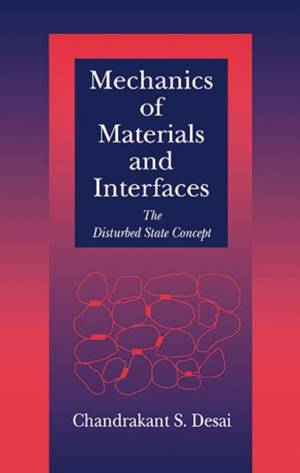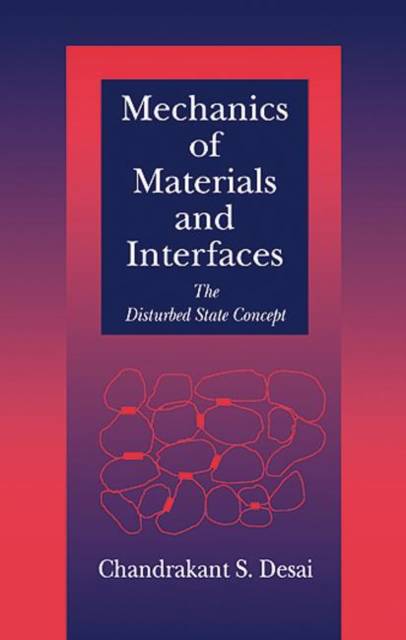
- Afhalen na 1 uur in een winkel met voorraad
- Gratis thuislevering in België vanaf € 30
- Ruim aanbod met 7 miljoen producten
- Afhalen na 1 uur in een winkel met voorraad
- Gratis thuislevering in België vanaf € 30
- Ruim aanbod met 7 miljoen producten
Zoeken
Mechanics of Materials and Interfaces
The Disturbed State Concept
Chandrakant S Desai
Hardcover | Engels
€ 251,95
+ 503 punten
Omschrijving
The disturbed state concept (DSC) is a unified, constitutive modelling approach for engineering materials that allows for elastic, plastic, and creep strains, microcracking and fracturing, stiffening or healing, all within a single, hierarchical framework. Its capabilities go well beyond other available material models yet lead to significant simplifications for practical applications. Until now, however, there has been no resource that fully describes the theory, techniques, and potential of this powerful method. Mechanics of Materials and Interfaces: Disturbed State Concept presents a detailed theoretical treatment of the DSC and shows that it can provide a unified and simplified approach for mathematical characterization of the mechanical response of materials and interfaces. Within this comprehensive treatment, the author: Compares the DSC with other available models
Identifies the physical meaning of the relevant parameters and presents procedures to determine them from laboratory test data
Validates the DSC models with respect to laboratory tests used to find the parameters and independent tests not used in the calibration
Implements the models in computer procedures
Validates those procedures by comparing predictions with observations from simulated and field boundary value problems
Solves problems from a variety of disciplines, including civil, mechanical, and electrical engineering If you are involved in the mechanics of materials, you owe it to yourself to explore the disturbed state concept. Mechanics of Materials and Interfaces provides the first-and to date, the only-comprehensive means of doing so.
Specificaties
Betrokkenen
- Auteur(s):
- Uitgeverij:
Inhoud
- Aantal bladzijden:
- 712
- Taal:
- Engels
Eigenschappen
- Productcode (EAN):
- 9780849302480
- Verschijningsdatum:
- 20/12/2000
- Uitvoering:
- Hardcover
- Formaat:
- Genaaid
- Afmetingen:
- 165 mm x 241 mm
- Gewicht:
- 1174 g

Alleen bij Standaard Boekhandel
+ 503 punten op je klantenkaart van Standaard Boekhandel
Beoordelingen
We publiceren alleen reviews die voldoen aan de voorwaarden voor reviews. Bekijk onze voorwaarden voor reviews.








